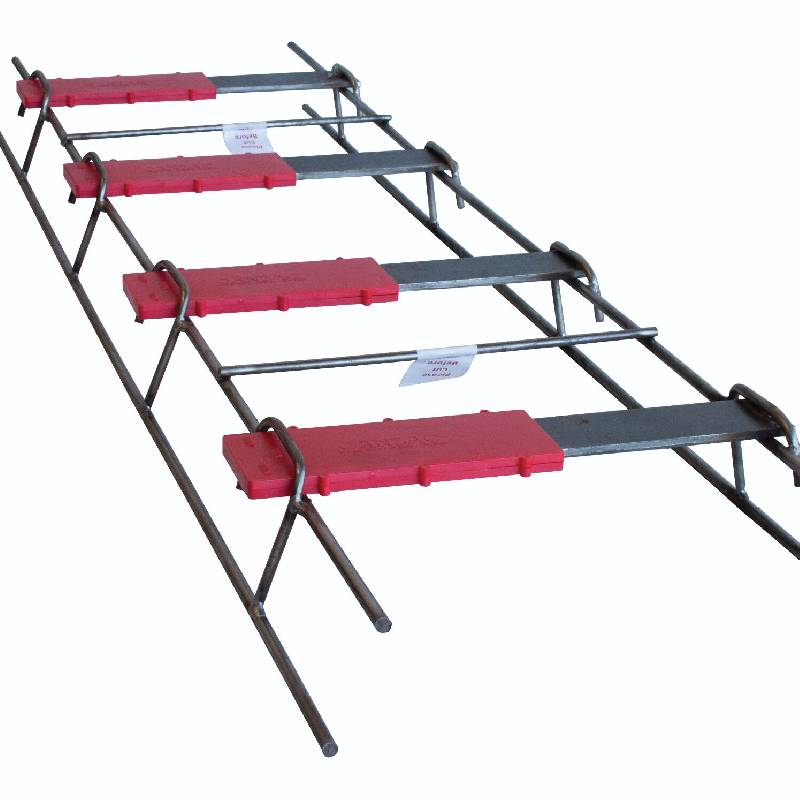
- Mobile Phone
- +8613931874955
- sales@cntcmetal.com
wall ties for stone masonry
Wall Ties for Stone Masonry Importance and Applications
In the realm of masonry, the structural integrity and stability of stone walls are paramount. Stone masonry has been revered for its durability and aesthetic appeal, but like all constructions, it requires a robust framework to ensure longevity and safety. One critical element in this framework is the use of wall ties. Wall ties, sometimes referred to as masonry ties or anchors, serve as essential components in reinforcing the bond between different materials and layers in stone masonry. This article explores the significance of wall ties in stone masonry, their applications, and best practices for installation.
The Importance of Wall Ties
Wall ties are essential in providing lateral support and stability to stone walls. They help to manage the loads exerted on masonry structures, distributing weight evenly across the wall. This distribution not only enhances the strength of the wall but also helps prevent cracking and structural failure that can arise from uneven pressure. Furthermore, wall ties act as connectors between various materials, such as stone and brickwork, promoting a cohesive construction that withstands environmental stresses.
In addition to structural stability, wall ties contribute to the overall resilience of stone masonry against external forces. Weather conditions, seismic activity, and thermal expansion can pose serious threats to the integrity of stone structures. Wall ties mitigate these risks by absorbing and redistributing forces that might otherwise compromise the wall.
Applications of Wall Ties
wall ties for stone masonry

Wall ties are employed in a variety of stone masonry applications. They are commonly used in cavity walls, where a space exists between two masonry leaves. In this configuration, wall ties connect the outer stone veneer to the inner structural wall, providing stability while allowing drainage of moisture. This is particularly important in regions with heavy rainfall or high humidity, where water could accumulate and lead to deterioration of the materials.
Additionally, wall ties are vital in reinforcing retaining walls, where the weight of soil or other materials is applied. In such cases, ties help maintain the wall's position and prevent overturning or sliding. They are also utilized in restoring historic buildings where original masonry may have weakened over time. Careful integration of wall ties in restoration projects helps preserve the aesthetic integrity while enhancing structural security.
Best Practices for Installation
When installing wall ties in stone masonry, several best practices should be observed. First, the selection of the appropriate type of wall tie is crucial; different materials and designs are suited to specific applications. Stainless steel ties are often recommended due to their corrosion resistance, especially in moisture-prone environments.
Proper placement is another vital aspect. Ties should be installed at regular intervals, typically every second or third course of stone, ensuring even load distribution. They should also penetrate adequately into the substrate to achieve maximum strength. Finally, careful attention should be paid to local building codes and regulations to guarantee compliance and safety.
In summary, wall ties play a pivotal role in maintaining the structural integrity and durability of stone masonry. By effectively distributing loads and enhancing stability, these components are indispensable in both new constructions and restoration projects. With proper selection and installation, wall ties can significantly extend the lifespan of stone structures, making them a fundamental consideration in masonry design and construction.
share:
-
Yard Sign Stakes: Reliable Guardians of Outdoor SignsNewsAug.04,2025
-
Wall Ties: Invisible Guardians of Building StabilityNewsAug.04,2025
-
Resilient Web: The Super Guardian Power of Concrete MeshNewsAug.04,2025
-
Masonry Accessories: A versatile assistant on building foundationsNewsAug.04,2025
-
Iron Binding Wire: the 'invisible reinforcement specialist' in the fields of architecture and industryNewsAug.04,2025
-
Dynamic Spring: The diverse functions and excellent performance of Wire Tension SpringNewsAug.04,2025
-
Your Source for Concrete Wall Ties and Masonry AccessoriesNewsJul.10,2025



















